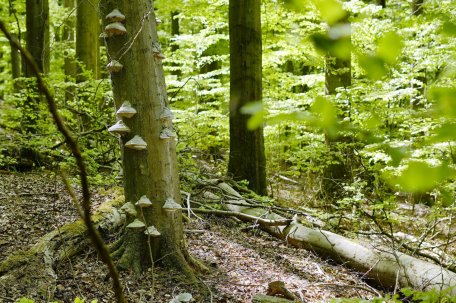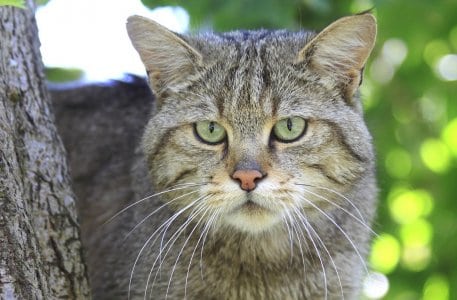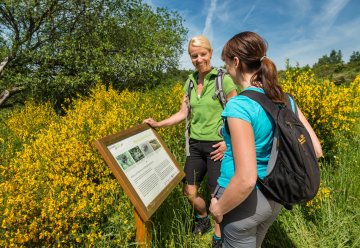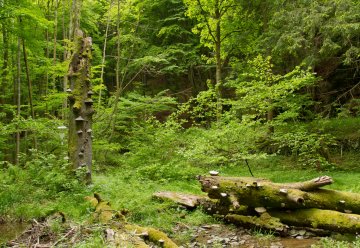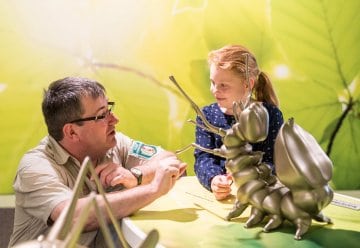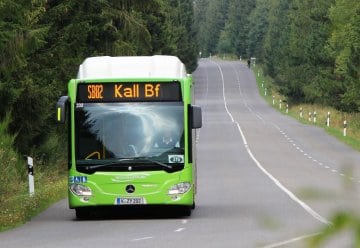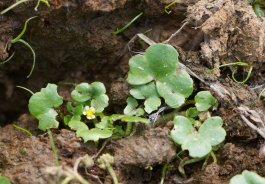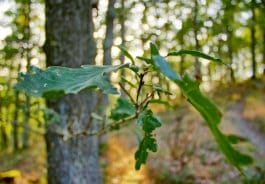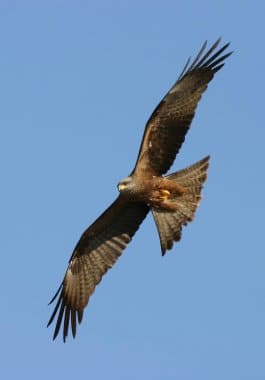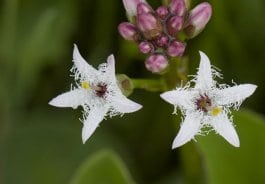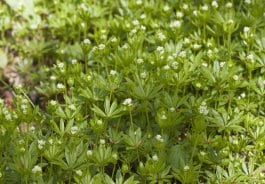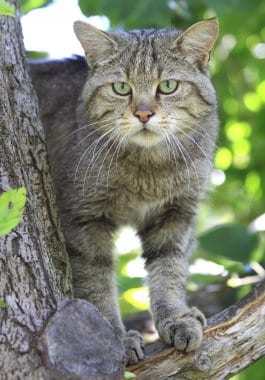What is a National Park and what are the objectives?
National Parks protect the local natural environment – to keep it in its natural state and to allow it to develop without human intervention. The motto “Let nature be nature” – which applies to all National Parks – summarises this basic objective.
Protecting natural processes (process conservation) across large areas is a key priority in a National Park. This means allowing nature to develop freely – in line with its own laws and, as far as possible, without human intervention. This concept of wilderness, combined with the large scale, is what distinguishes National Parks from many other conservation areas.
National Parks also play a key role in the conservation of flora and fauna and their habitats: they provide vital safe havens for threatened species. Both ecosystems and biodiversity benefit from process conservation!
But this is not sufficient to make a conservation area a National Park: in addition to process conservation, the purpose of a National Park is also to allow visitors to experience this unique natural landscape. The many services provided by the National Park Authority play a key role here; they allow visitors to enjoy special experiences, which adhere to the principles of conservation, in the raw natural landscape. Environmental education and research are part of the remit of the National Park – however, only insofar as they don’t inhibit the development of the natural processes.
The Eifel National Park – a National Park in development
In January 2004, the Eifel National Park, which measures some 110 square kilometres, was founded as the first (and to date only) National Park in North Rhine-Westphalia. There are 16 National Parks in Germany at present. The large conservation area in the northern Eifel gives protection to the acidophilous, nutrient-poor mixed forests. In addition to the forested areas, the numerous headwaters, river valleys and rocky complexes also represent ecologically valuable and sensitive areas. The wild open landscapes on the Dreiborn Plateau, which is located in the heart of the Eifel National Park, are especially picturesque.
As the nature has not yet returned to its natural state due to human use, the Eifel National Park is currently a so-called National Park in development. This means that, for the first 30 years following the founding of the National Park – i.e. until 2034 – the natural environment can be supported in the process of returning to its natural balance.
In order to fulfil the international National Park criteria, at least 75 percent of the area must be classed as process conservation within 30 years of its founding. This target is likely to be exceeded in the Eifel National Park over the long term, so that only around 13 percent of the area will need to be actively managed.
You can already find a wide range of protected animal and plant species in the Eifel National Park. Wild cats, middle-spotted woodpeckers, red deer, kingfishers, black storks, wall lizards and various rare bat species have all made their homes here. The wild yellow narcissus is another speciality of the National Park. The only other place it can be found naturally to this extent in Germany is in the Hunsrück mountains.
We invite you to discover the wild beauty of the Eifel National Park – either with a guide or under your own steam. Visit our special exhibition “Wildnis(t)räume” (Dreams of Wilderness/Wilderness Spaces) in the Eifel National Park Centre, go on a tour with rangers or spend four days following the Wilderness Trail, which leads you through the entire Eifel National Park!

